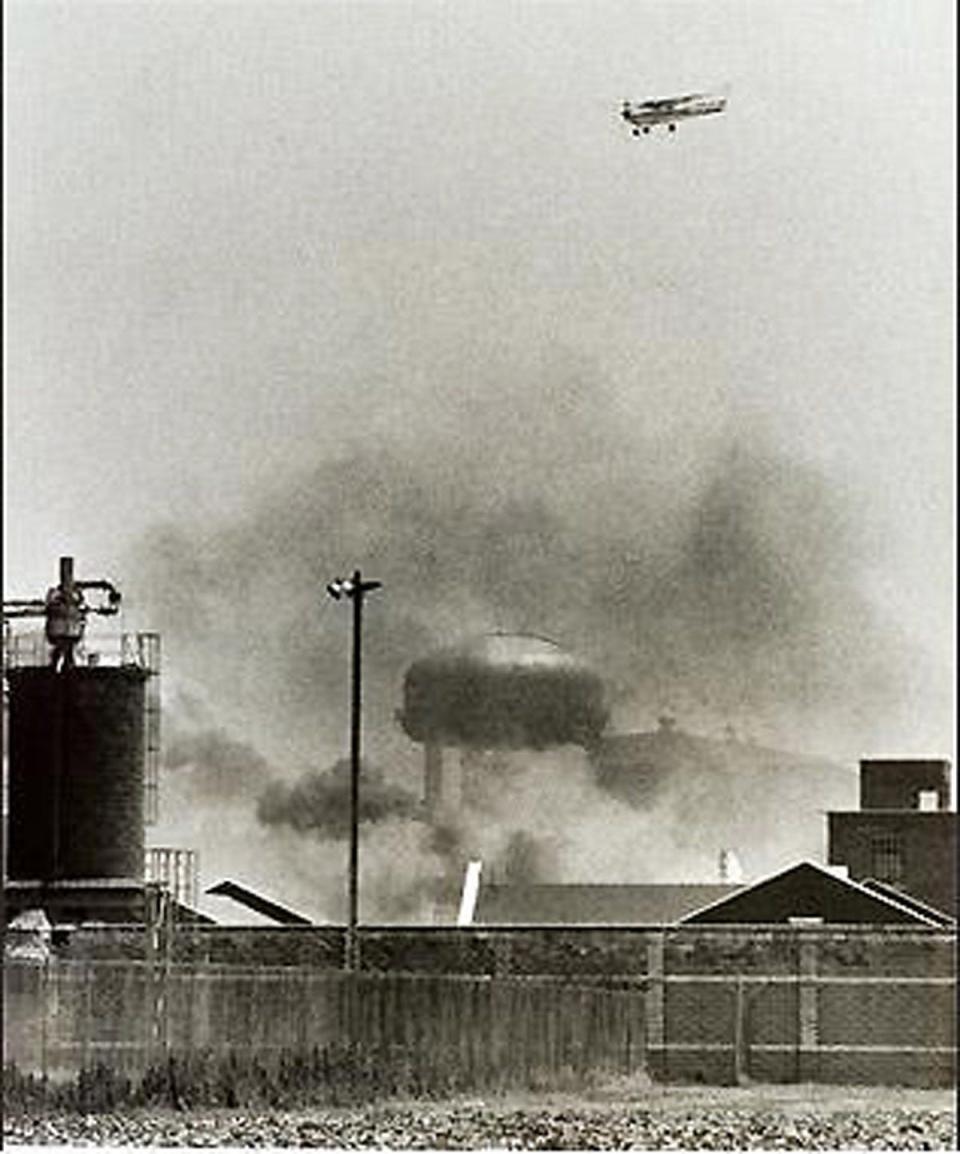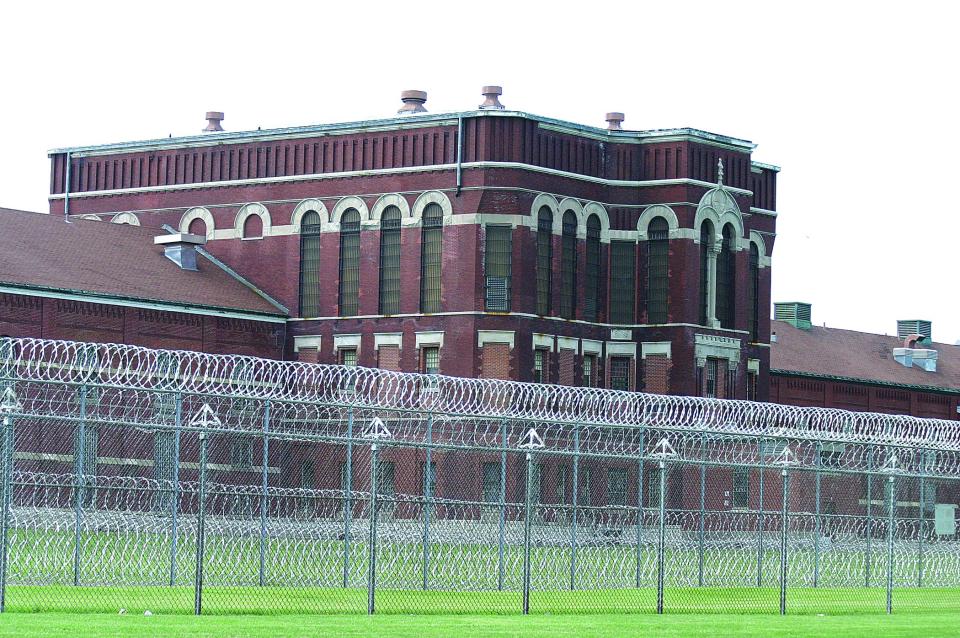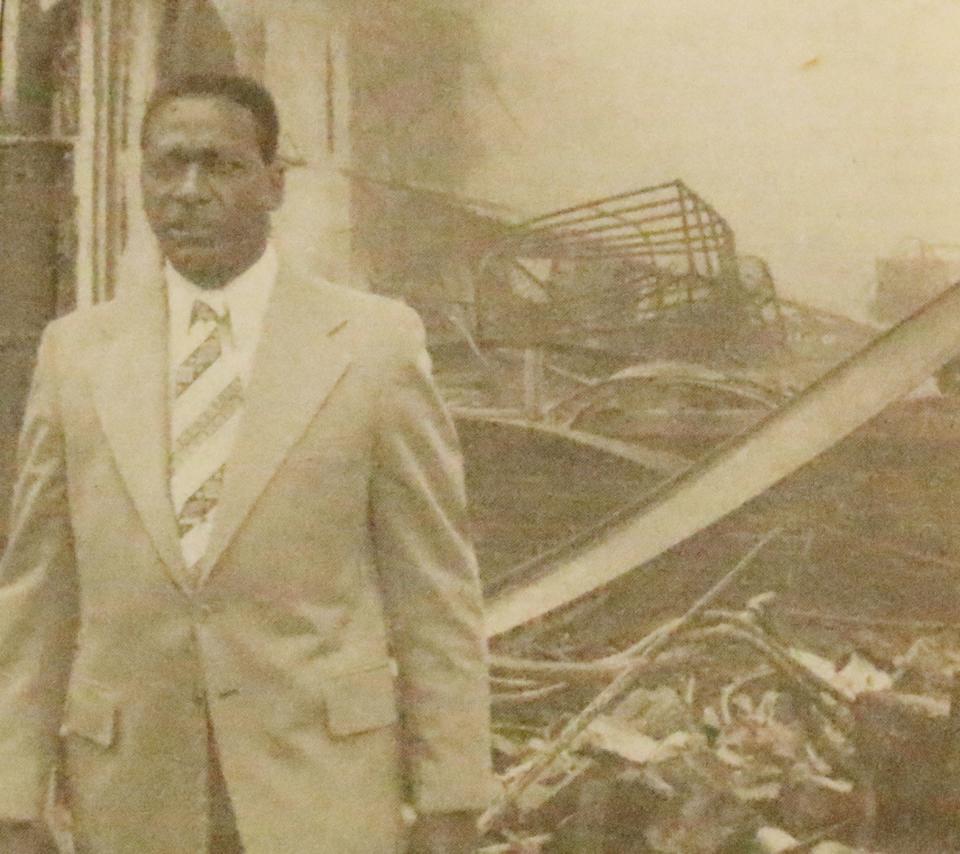1978 Pontiac Correctional Center riot: Warring gangs ganged up on prison staff
(This is the third in a three-part series remembering the Pontiac Correctional Center riot on July 22, 1978. The Pontiac Daily Leader interviewed PCC guards Tom Bailey, Richard Jones, Terry Norgaard and Dan Ramsey, and Al Lindsey of the Illinois State Police, all of whom were inside the walls of the prison at some point that day.)
The actual riot lasted just a short time.
It started about 9:45 a.m. that Saturday. Things began settling down within a couple of hours as reinforcements from the Illinois State Police and tactical teams from the Pontiac Correctional Center and Joliet Correctional Center, as well as help from other facilities and members from the Pontiac Police and Livingston County Sheriff's departments began arriving.
Although looting and other destruction was taking place, it became apparent that the riot was losing steam as more and more help arrived.
Correctional officer Tom Bailey said he looked out the window of his tower facing town and saw state police vehicles lining up along Lincoln and Division streets around the prison.
“As it turned out, I was safe,” Bailey said of his location during the riot, which was in Tower 9 in the dining room. “I wasn't worried about me, but I sure was worried about the people in front of my tower."
Tower 9 was a gathering spot for the wounded. Among those there was Sharon Patchett, one of the three guards who was seriously injured in the first moments of the uprising. Dale Walker and Danny Dill sustained serious wounds, as well.
Many other guards and inmates sustained less serious injuries.
The three guards who perished — Lt. William Thomas, Correctional Officer Stanley Cole and Correctional Officer Robert Conkle — died in the first few minutes of the riot.

Part one: Rumors, violence, red flags preceded the 1978 Pontiac Correctional Center riot
Part two: 'It was just pandemonium.' Violence quickly erupts during 1978 prison riot
Smoke as far as Weston
On the day of the riot, Correctional Officer Terry Norgaard had the day off.
He was planning on attending the races. When news of the riot spread, he made his way back to the prison from out of town.
Norgaard said he could the smoke as far away as Weston. By the time he arrived, the seriously injured already had been taken out of the facility.
Dan Ramsey also had the day off. He arrived at the prison soon after the uprising began.
“We had kind of a makeshift riot squad at that time,” Ramsey said. “When they came in, (inmates) were still running around. … We pushed them up to the northwest quadrant outside the administration building.
“We probably had 500-600 of them up there in that little area, facedown on the ground. ... They kept bringing them up and piling them up there. When we got control, we started getting them back to the cell house where ever they came from.”
Inmates began being put back in their cells after 1 p.m. It wasn't until well into the evening when the prison was secured again with all inmates in their cells. The guards began doing counts at 9 p.m.
“They didn't go to their cell house very quick,” Bailey said of the inmates. “They were only taking then 10 at a time.

Gangs vs. administration
The main gangs at PCC at the time were the Gangster Disciples, the Vice Lords and the Latin Kings.
Pontiac Correctional Center was no stranger to gang violence.
One of the leaders inside PCC was Larry Hoover, a founder of the Gangster Disciples.
“What I understand was the gangs were going to roll against each other, and they decided to roll against the administration instead,” said Al Lindsey of the Illinois State Police.
“Larry Hoover, supposedly he was the one who got them, instead of fighting each other, to go after (administration),” said Correctional Officer Richard Jones.
“As much as those gangs fought ... You got out there and you'd have Disciples fighting Vice Lords and everything else out there,” Ramsey said. “We had to go out and break those up all the time. Those gangs couldn't get along well enough to do anything together for very long. It's really a surprise they kicked off the riot as well as they did.”

No murder charges
Part of the cleanup involved searching for weapons.
Officers used metal detectors around the hedges where inmates were placed before being taken back to their cells. A number of knives and shanks were stuck in the ground where inmates were lying facedown, Ramsey said.
Other than tear gas canisters, no shots were fired during the uprising.
“Nobody gave you a reason because even though they'll run their mouth, when they see those shotguns, they'll stay in the back and way-off distances,” Jones said.
The inmates started feeling the repercussions of their actions the next morning.
“It was a pleasure feeding breakfast the next morning,” Bailey said. “They burned up all the food. They got a box of milk and a box of cold cereal.”
An investigation followed.
Although there were some convictions, nobody was charged with the murders of Thomas, Cole and Conkle.
“They're in a lockdown so these people aren't receptive to talking to cops in the first place,” Lindsey said. "We had to time those interviews 20 minutes because the gangbangers were timing those interviews. Whether the inmate talked or didn't talk, you stayed 20 minutes. They never knew the difference."
This article originally appeared on Pontiac Daily Leader: Pontiac prison riot resulted in convictions but no murder charges

